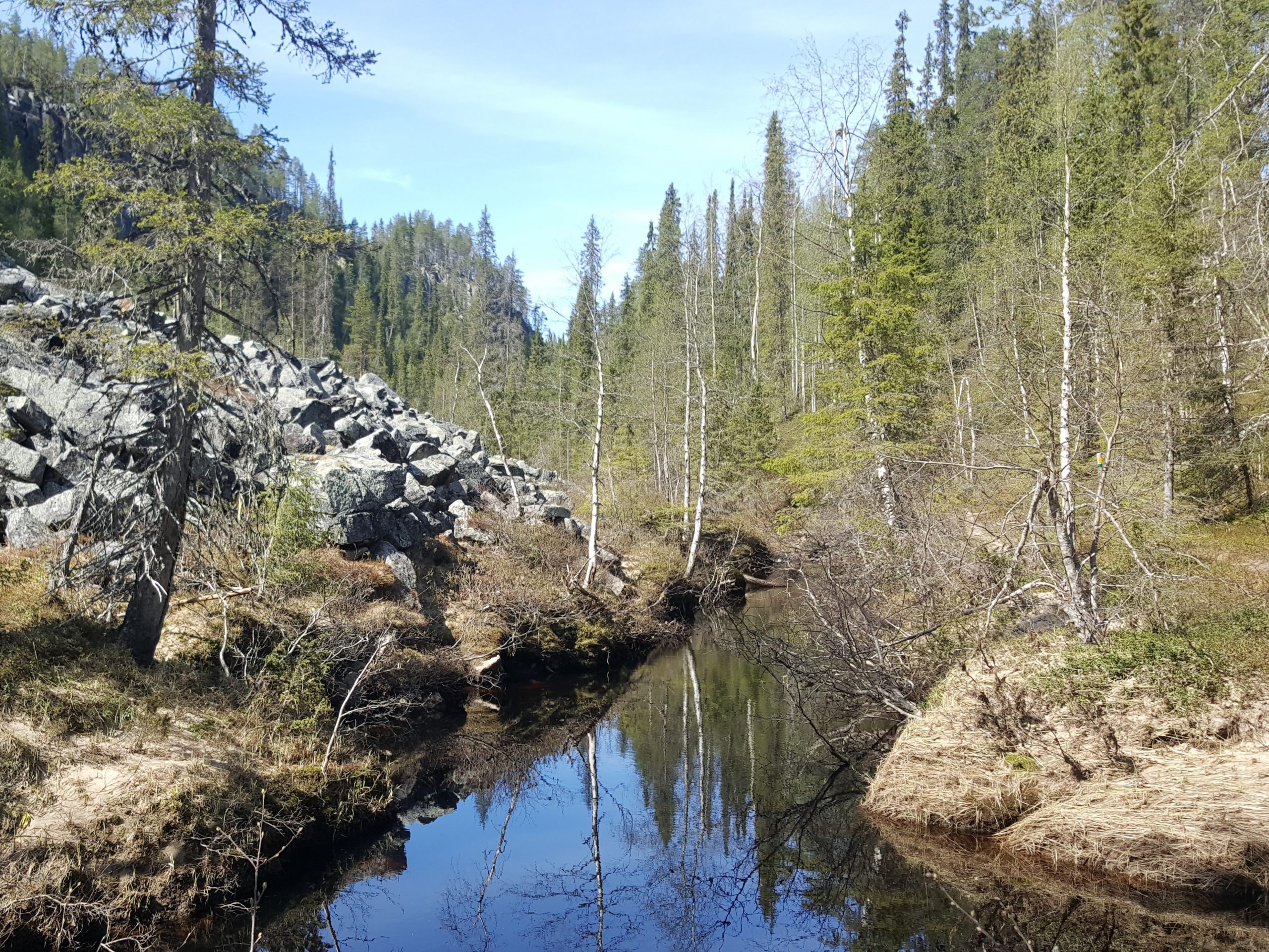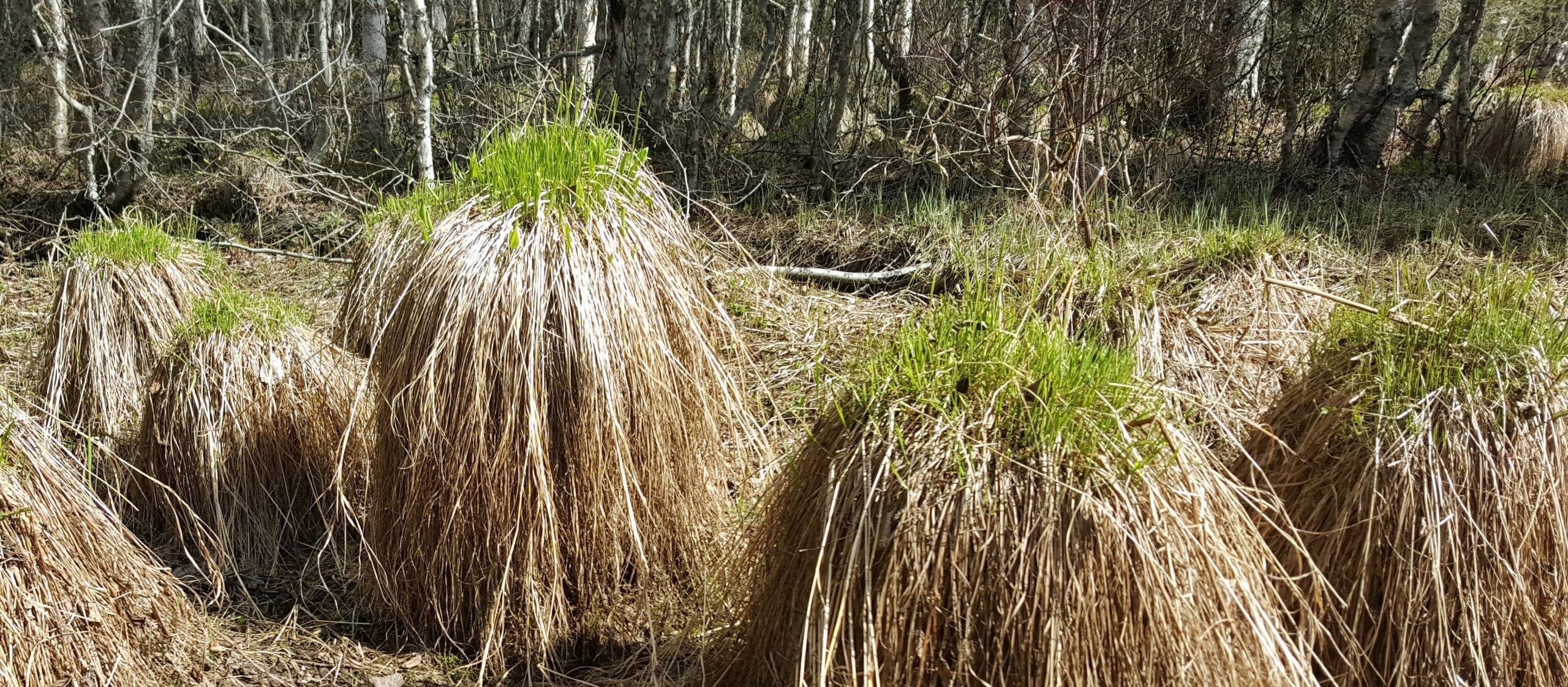
Responsible forest management
Investors are increasingly requiring businesses to demonstrate climate action and other sustainability initiatives. Eloquent intentions and checklists of criteria watered down over negotiating tables are no longer necessarily enough – more concrete information is now demanded, for example calculations of how much carbon has successfully been sequestered, or the area of sites protected (Serafeim). The […]

Metsätalouden vastuullisuus
Sijoittajat edellyttävät yrityksiltä yhä useammin ilmastotoimia ja muuta vastuullisuutta. Vastuullisuuden takeeksi eivät enää välttämättä riitä ylevät aikomukset tai etujärjestöjen neuvottelemien kriteeristöjen täyttyminen. Yrityksiltä odotetaan konkreettisempaa tietoa, esimerkiksi laskelmia, joista näkyy, paljonko hiiltä on poistettu ilmakehästä tai elinympäristöjä suojeltu (Serafeim). Euroopan unioni puuhaa parhaillaan ns. EU-taksonomiaa, jossa säädetään, että vähintään 13 hehtaarin metsätiloilla olisi oltava ns. […]